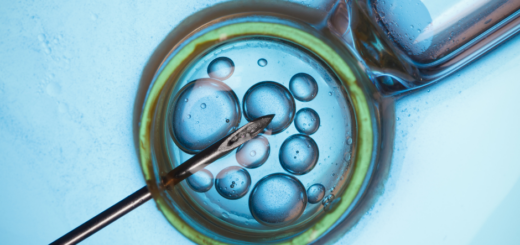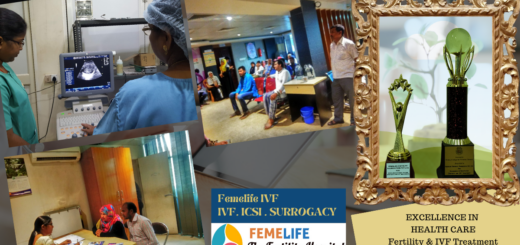Cord Blood Banking: Is Storing Stem Cell Useful?

What is cord blood banking?
Cord blood is that the blood still within the fetal membrane and placenta post-delivery. At or close to term, there’s transfer of cells to increase the immune systems of the baby. Additionally, it helps in in preparation for the labor. This makes cord blood at the time of delivery a fashionable supply of stem cells . Cord blood banking is a method of storing the umbilical blood. Afterwards, scientists use it for extracting and cryogenically freeze its stem cells. It serves as alternative cells of the system for potential future medical use.
What is the use of stem cell banking?
Cord blood is same as stem cell banking. Hence, it’s typically a catch-all term to use for the cells of umbilical cord. It may sound abnormal for a few oldsters. But, truly speaking cord blood contains very little of what individuals think about as “blood,”.
In Europe and alternative components of the globe, cord blood banking is same as somatic cell banking. As banking cord blood is meant additional to gather the blood-forming stem cells. These cells can convert themselves into a variety of cell lines when needed.
Cord blood for disease treatment
Stem cell or cord blood banking can treat nearly 80 diseases. These are diseases of the blood and immune system of the body. Cord blood has abundance of stem cells and immune system cells. Medical uses of these cells has been increasing at a fast pace. As these cells facilitate the body re-generate tissues and systems, cord blood is a regenerative therapy.
Cord blood is presently approved by the governing authorities of many countries including India. You can benefit from these stem cells for treatment of diseases. More so, scientists use these blood treatments round the globe to treat cancers. It includes cancer and leukemia, anemias, heritable metabolic disorders and a few solid tumors and orthopedic repair.
Researchers also are exploring whether cord blood has the power to cross the blood–brain barrier. By doing so, they can scale back inflammation, which can be instrumental in treating conditions that are untreatable. The foremost exciting disease are autism, cerebral palsy and Alzheimer’s.
At present, the chances of undergoing any stem cell transplant by age 70 stands at one in 200. However with the continued advancement, use of cord blood for treatment can still grow. It is beneficial for connected stem and immune cell analysis, the probability of utilizing the preserved cord blood.
Benefits for the entire family
Our body’s immune system searches out and eliminate any thing unusual or different. It believes to be outside contaminants, stem cells and alternative cells of the immune system can not be transfused into simply anyone. For stem cell transfusions of any kind, the body’s immune system will erroneously begin offensive the patient’s own body.
This rejection is graft-versus-host disease (GvHD) and could be a blow post-transplant. However it can even be acute, chronic and even deadly. Furthermore, doctors must match the stem cells to your body to prevent graft-versus-host disease. Hence, it is essential to match the cells of the patient completely or to a particular degree . In addition, cord blood taken from a baby’s umbilical cord is always a perfect match for the baby.
In additionally, immediate relatives can be a match for the banked cord blood. Siblings have 25% probability of being an ideal match and a 50% probability of being a partial match.
Parents, who each provide half the markers employed in matching, have a 100% probability of being a partial match. Even aunts, uncles, grandparents and alternative extended family members have a better chance of being a match. Many family members will probably benefits from banked cord blood.
How cord blood banking works?
While banking cord blood may be a new expertise for several parents, it’s an easy one. After all, most mothers are disturbed about how the delivery can go. They don’t want to even consider the details of collecting, process and cryo-preserving their babies’ cord blood.
Thankfully, the health care supplier and therefore the cord blood bank do most of the work. Following are few steps found in cord blood banking:
- The cord blood bank sends you collection kit.
- You must carry this Cord blood collection kit to the delivery center of your choice.
- At admission, the mother’s blood is tested for any other infectious diseases as mandated by federal rules.
- Your health care provider will collect the cord blood before the placenta separates after birth. The health care supplier can clamp and cut the umbilical cord as normal.
- Remaining within the umbilical cord and placenta is approx. 40–120 milliliters of cord blood. The health care supplier can extract the cord blood at no risk or damage to the baby.
- The collection bag contains the baby’s cord blood. You have to keep with vials of mother’s blood and place it back within the gathering kit.
- Parents decision a fee variety on the gathering kit to possess a medical courier any time.





















